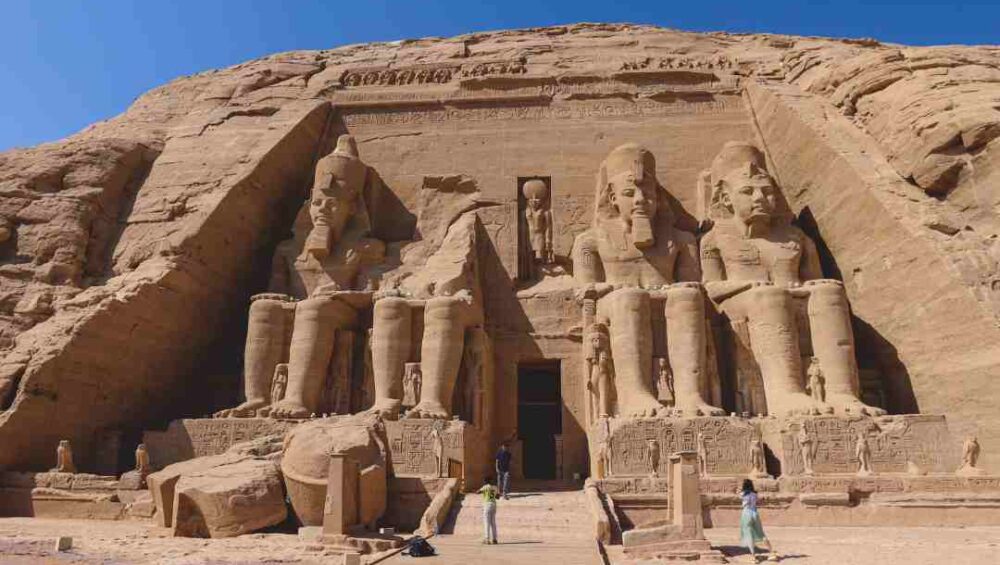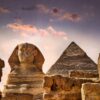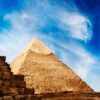As the first light of dawn creeps across the ancient sands of Egypt, a spectacle of celestial alignment unfolds within the hallowed chambers of Abu Simbel Temple. Here, in this age-old sanctuary, the Sun Perpendiculars — a phenomenon as rare as it is breathtaking — unveils a dance between light and shadow, orchestrated by the ancients. This guide is your key to unlocking one of the world’s most awe-inspiring travel experiences, where the sun aligns perfectly with the temple, illuminating the statues of gods and kings in a display that defies time itself.
witnessing this marvel is not without its challenges. The journey to Abu Simbel, remote and wrapped in the mystique of the Nubian Desert, requires more than just a longing for adventure. It demands an understanding of the cosmic play, a grasp of the ancient Egyptian world, and a spirit willing to traverse the sands of time. Are you ready to embark on a journey where history illuminates the present, and the sun’s rays reveal secrets millennia old? Join us as we delve into the heart of this ancient wonder, offering insights, tips, and secrets to experiencing the Sun Perpendiculars at Abu Simbel Temple — a traveler’s quest for the extraordinary.
Imagine a temple so precisely aligned with the cosmos that twice a year, the sun’s rays penetrate its inner sanctum to illuminate ancient statues. This isn’t a scene from a mystical tale but the reality of Abu Simbel Temple in Egypt, an architectural marvel that hosts the awe-inspiring Sun Perpendiculars event. In this guide, we’ll explore the historical, astronomical, and cultural facets of this phenomenon, inviting you to embark on a journey through time and light.
The Historical Significance of Abu Simbel Simbel Temple
Nestled along the banks of Lake Nasser in Southern Egypt, Abu Simbel Temple stands as a testament to ancient ingenuity and ambition. Built under the reign of Pharaoh Ramses II in the 13th century BC, this monumental complex was not just an architectural feat but a political statement, showcasing the Pharaoh’s power and divine status. Its relocation in the 1960s to save it from the rising Nile waters added another layer to its legend, combining ancient prowess with modern engineering. THe temple’s alignment with the sun, an embodiment of the Pharaoh’s eternal connection with the divine, continues to captivate historians and travelers alike.
The Celestial Event: What are the Sun Perpendiculars at Abu Simbel?
The Sun Perpendiculars at Abu Simbel are a twice-yearly phenomenon, occurring on February 22 and October 22. On these days, the sun aligns perfectly with the temple’s entrance, illuminating the inner sanctuary. This alignment bathes statues of Ramses II, Ra (the sun god), and Amun (the king of gods) in sunlight, leaving only the statue of Ptah, the god of darkness, in shadow. This event not only highlights the precision of ancient Egyptian astronomy but also symbolizes the Pharaoh’s divine association with the sun god Ra, reaffirming his power and godly status.

Cultural Insights: Local Traditions and Celebrations during the Sun Perpendiculars
The Sun Perpendiculars at Abu Simbel are not just a celestial occurence but a cultural phenomenon deeply ingrained in local traditions. This event draws crowds form all over the world, blending modern festivities with ancient rituals. Locals and tourists alike partake in celebrations that include traditional Nubian music, dance performances, and storytelling, creating a vibrant atmosphere. These festivities are a bridge between the past and present, allowing visitors to experience a slice of living history and understand the enduring legacy of ancient Egyptian culture.
From Dawn to Dusk: A Full Day Experience at Abu Simbel Temple
A visit to Abu Simbel during the Sun Perpendiculars offers a full-day experience filled with wonder. The day begins with the anticipation of sunrise, as visitors gather to witness the first rays of sun piercing through the temple corridors. As the day unfolds, explore the intricacies of the temple’s carvings, depicting historical battles and divine encounters. Don’t miss the smaller temple of Queen Nefertari, dedicated to Hathor, showcasing the Pharaoh’s devotion to his queen. As the day ends, reflect on the experience by the lakeside, basking in the serene beauty of this ancient wonder.
The Sun Perpendiculars at Abu Simbel Temple is more than just a stunning natural and architectural phenomenon; it’s a journey through history, culture, and celestial wonder. It’s a reminder of our connection to the past and the mysteries of the cosmos. As you plan youre adventure, consider booking your tour with Love Egypt tour agency. Be a witness to the perpendicularity of the sun in Abu Simbel Temple, and immerse yourself in an experience that transcends time, bringing the legacy of the Pharaohs into the light of the modern world.





